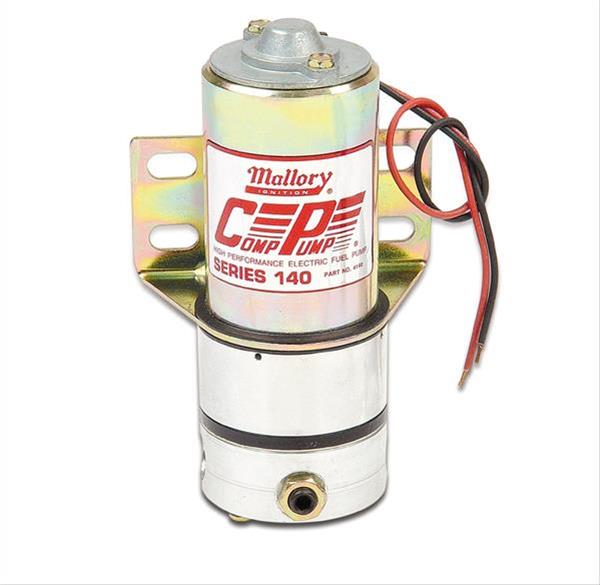BRYANF
WHAT IS THE APPLICATION ? WHAT MOTOR, WOW FAR ARE YOU LIFTING FUEL ?
WHAT IS THE APPLICATION ? WHAT MOTOR, WOW FAR ARE YOU LIFTING FUEL ?
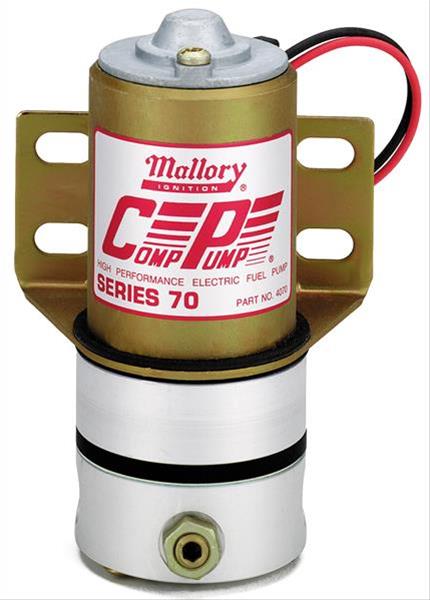
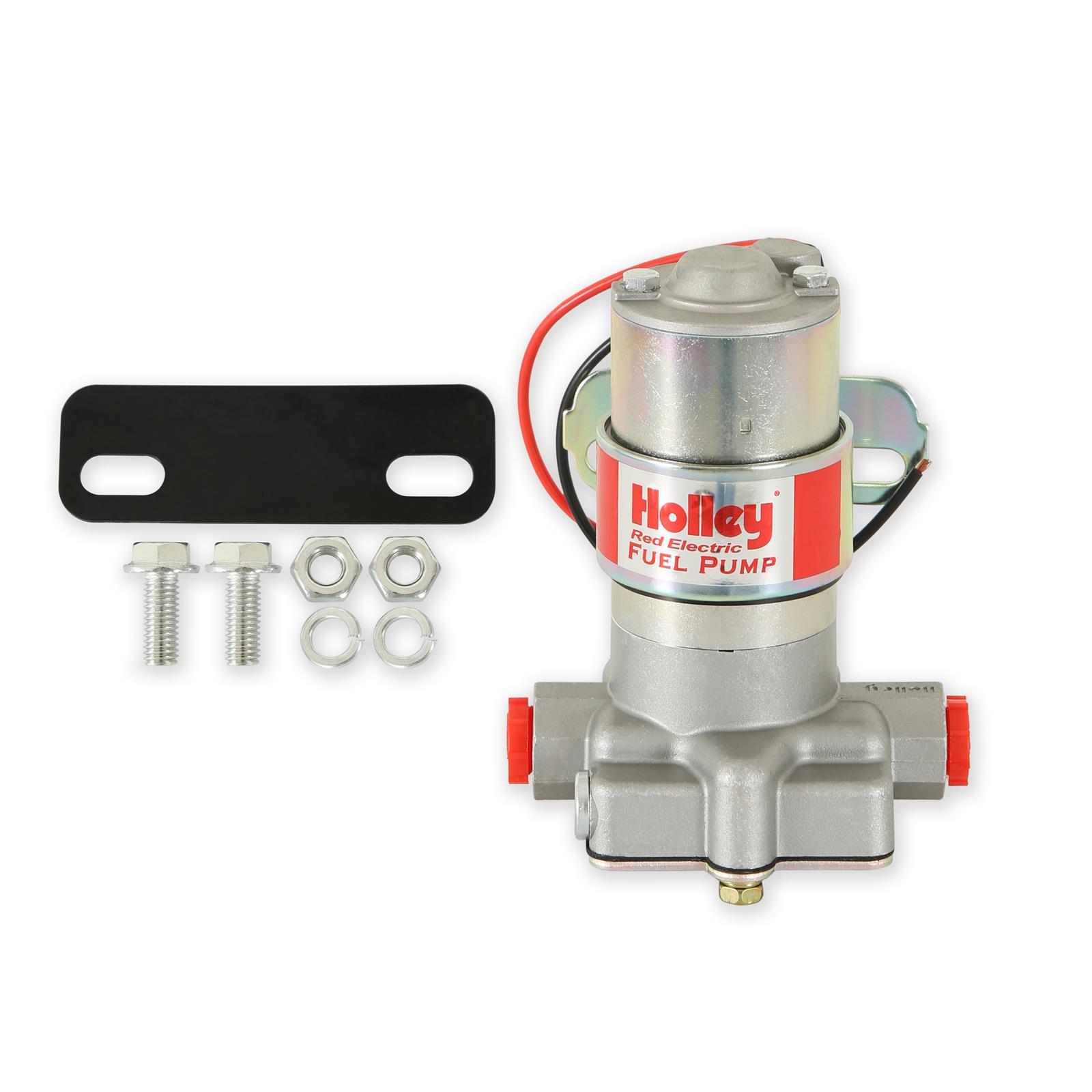
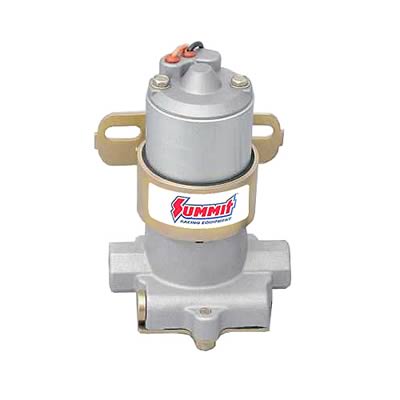
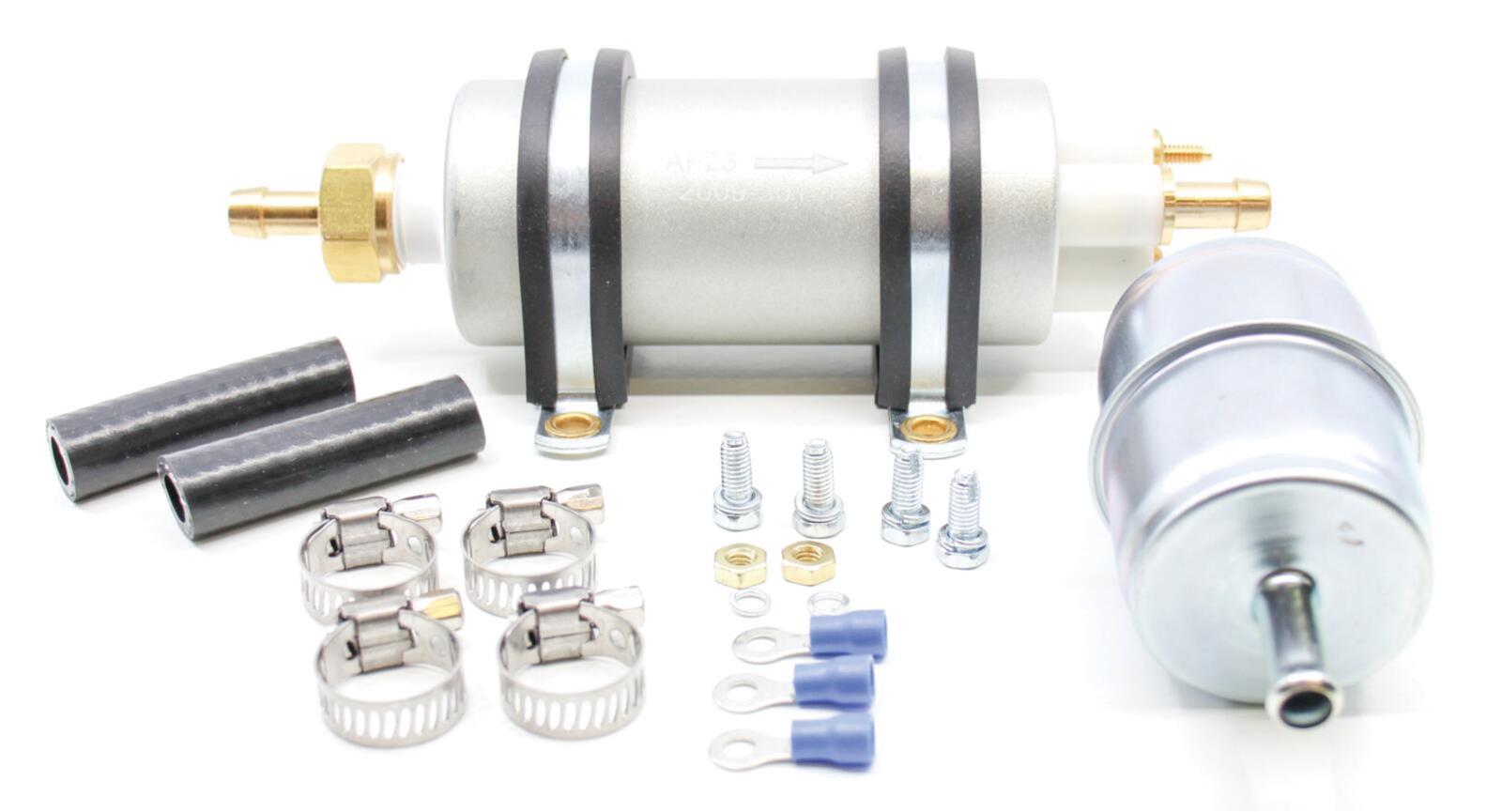
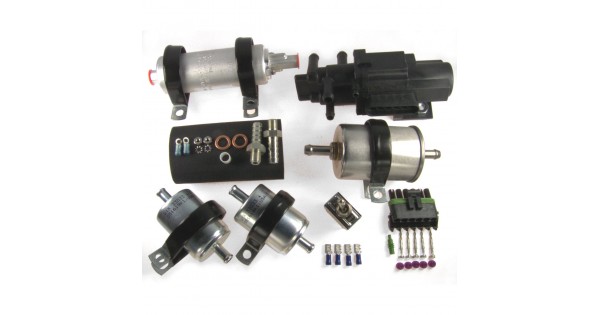
Hello Pasha, I am trying to install the fuel tanks. I will use foam but don’t know what the syste, diagrams look like. I am hoping that you can help me. There are no 8nstructuons for this part of the build. There are three threaded holes in the tank. What’s hooking up to what? I hope that youve solved this. JimHi all,
Looking for advice, suggestions, schematics on how to plumb a 2 tank setup for an RCR40. I am planning to run the tanks independently with no crossover and feeding a quartet of Webers which are plumbed in series. There is no provision for fuel return, so will be plugging those holes in the tank.
I am using 2 separate fuel pumps, each controlled by an individual switch with the idea that the two lines would come together in a T then on to the carb setup.
Here are some questions:
1. The Facet fuel pumps have a built in filter screen. Should I use an additional filter? If so, what size and where? Should this be between the tank and the pump, or downstream of the pumps where the two tank lines T together?
2. What one-way check valves should I use to prevent one tank from pumping fuel into the other? Where should these be located?
3. I'd like to use Aero-quip style braided lines with the red/blue AN fittings. What gauge should all this plumbing be?
Anything else I haven't thought of or a diagram of someone's similar system is much appreciated!
This is helpful David. I am just starting my RCR40 build and am putting in the tanks. Did you ever find a diagram and other parts? I see three threaded sockets on the tank. Obviously, one of them is to provide the fuel. Any help would be appreciated. jimI just got my the first of my fuel system components yesterday but I forgot the regulator.

Dual Tank Fuel Pump Kit
When upgrading vehicles with two fuel tanks to EFI a challenge is immediately encountered: Not only must a fuel source be selected but the return-style fuel regulator must return the fuel to the same tank. Further, if the vehicle has a shared fuel level gauge (as most do) then it is necessary to swww.efisystempro.com
